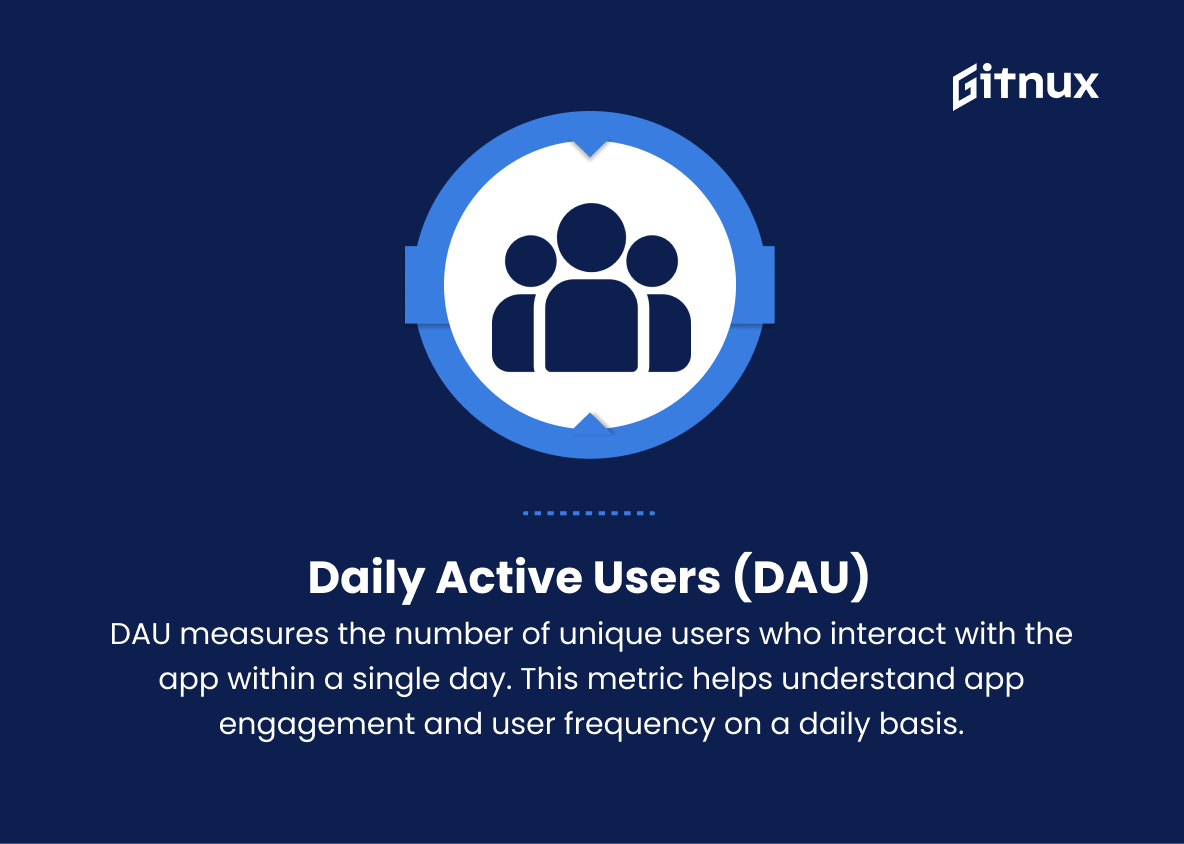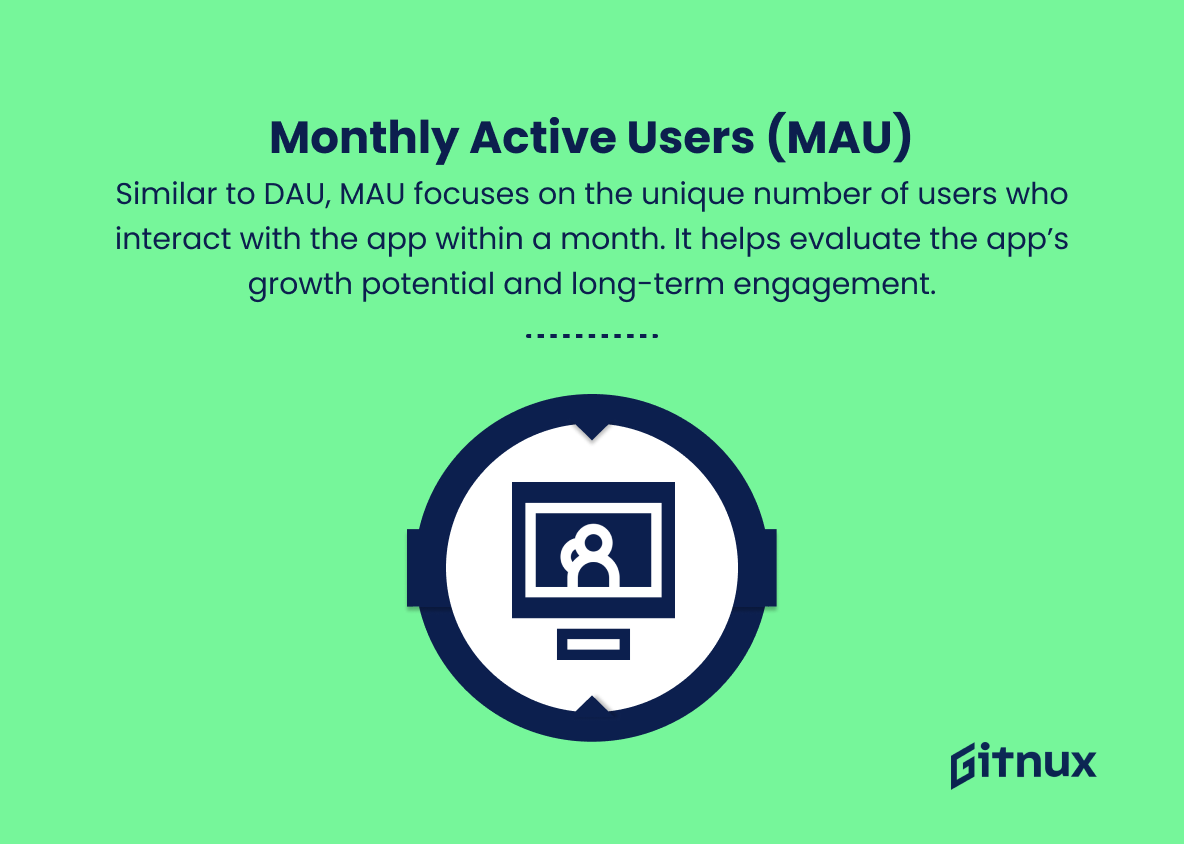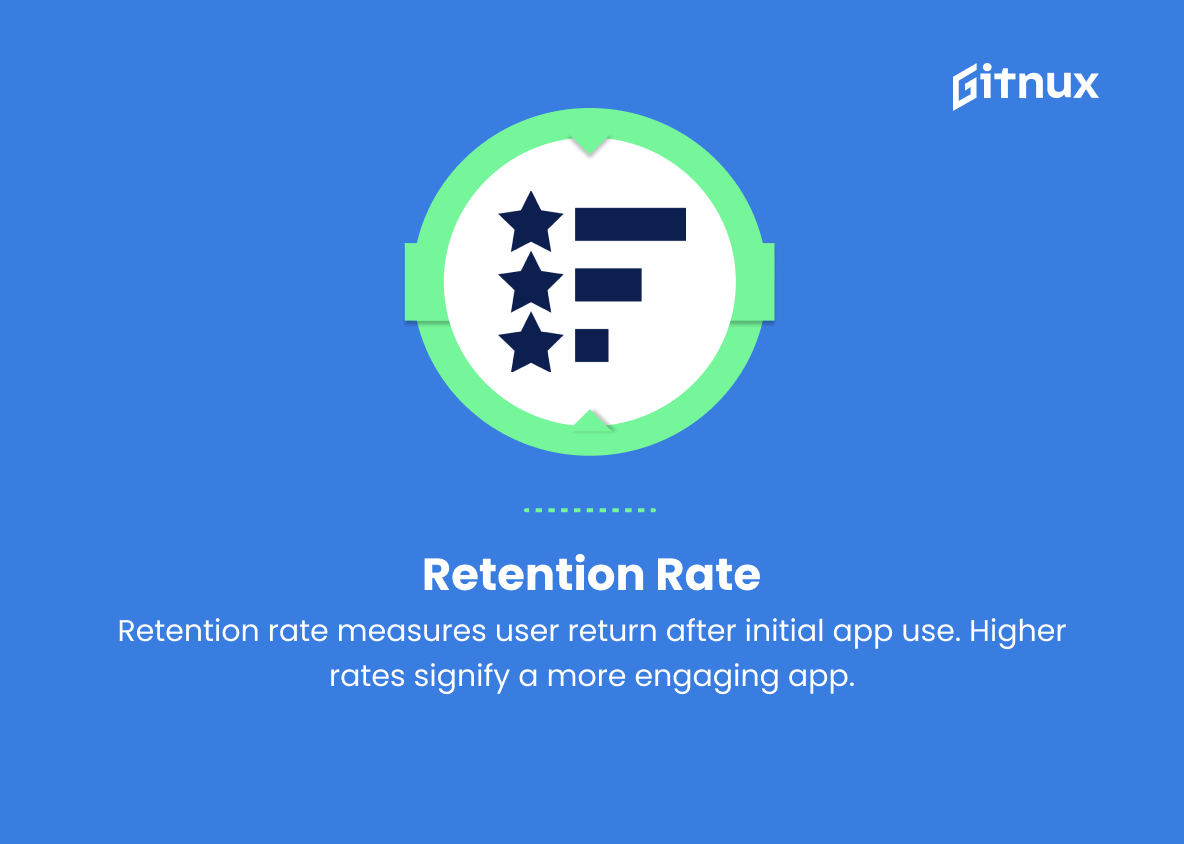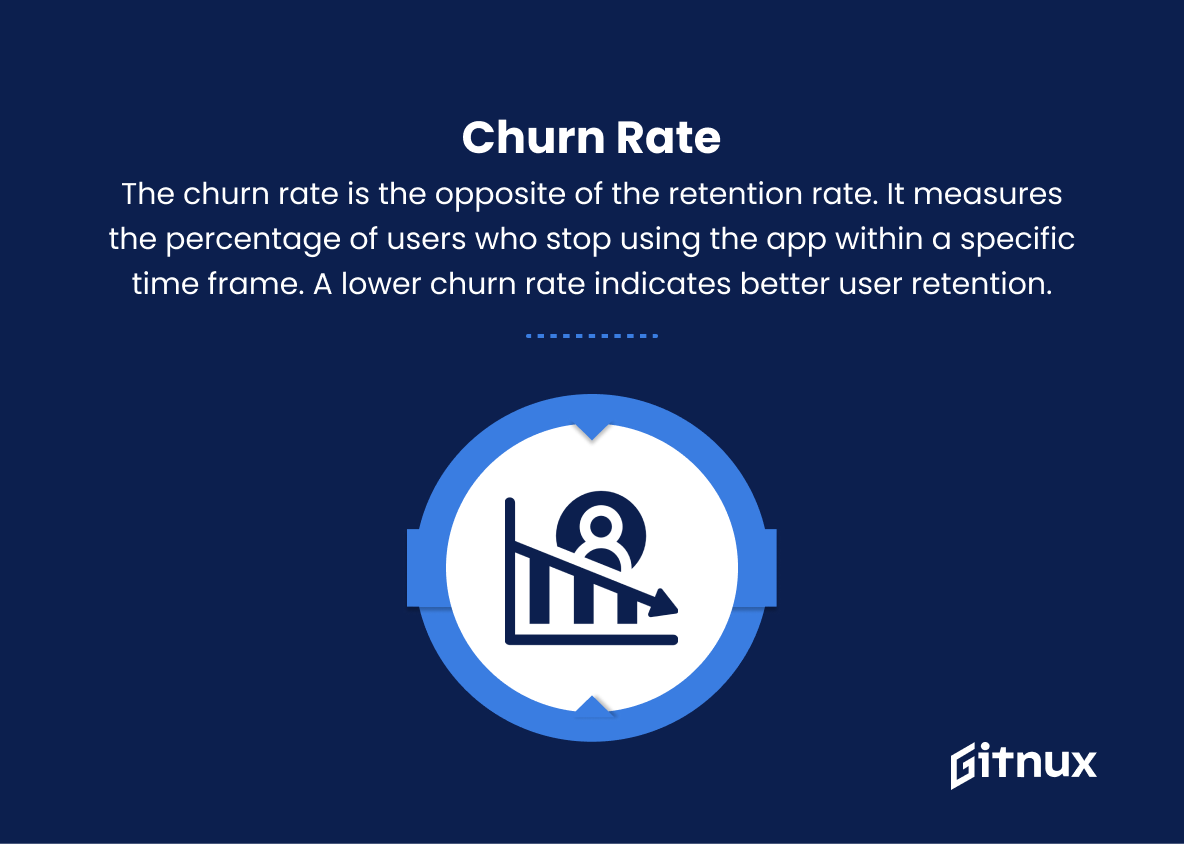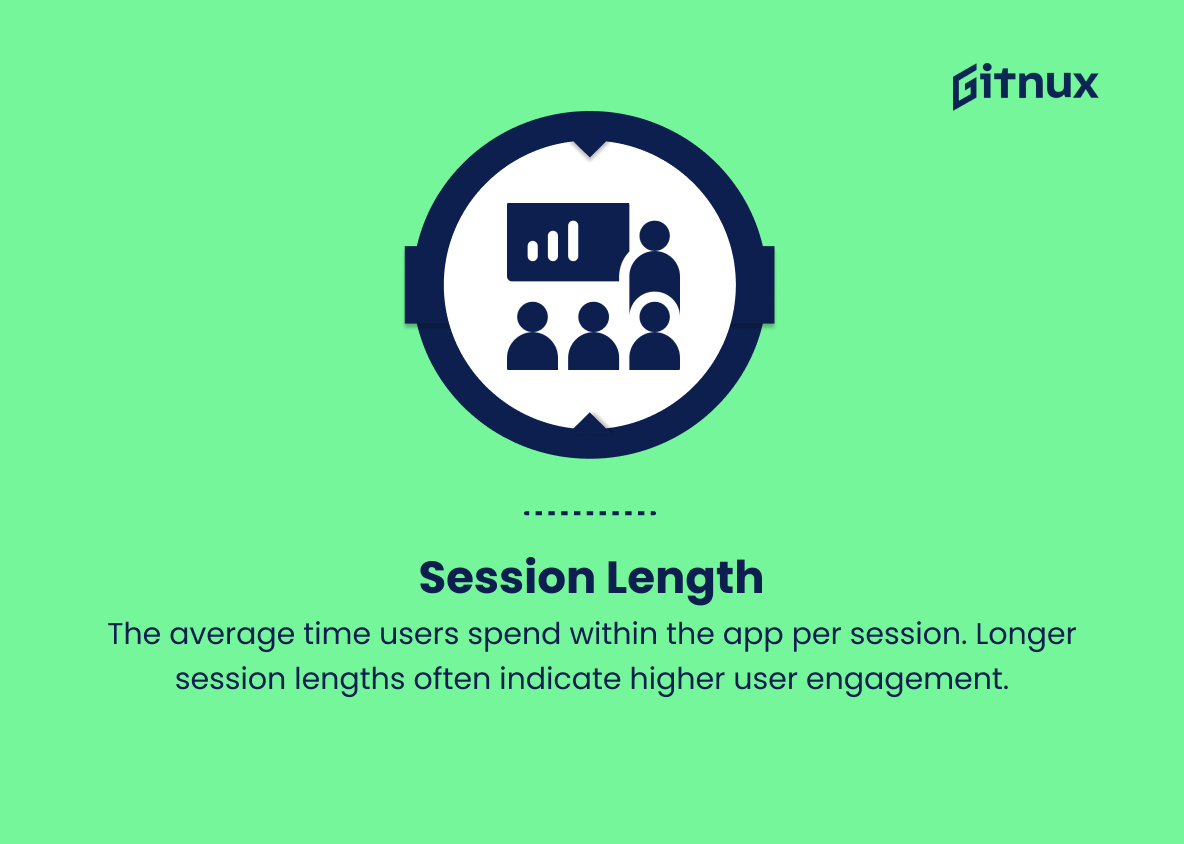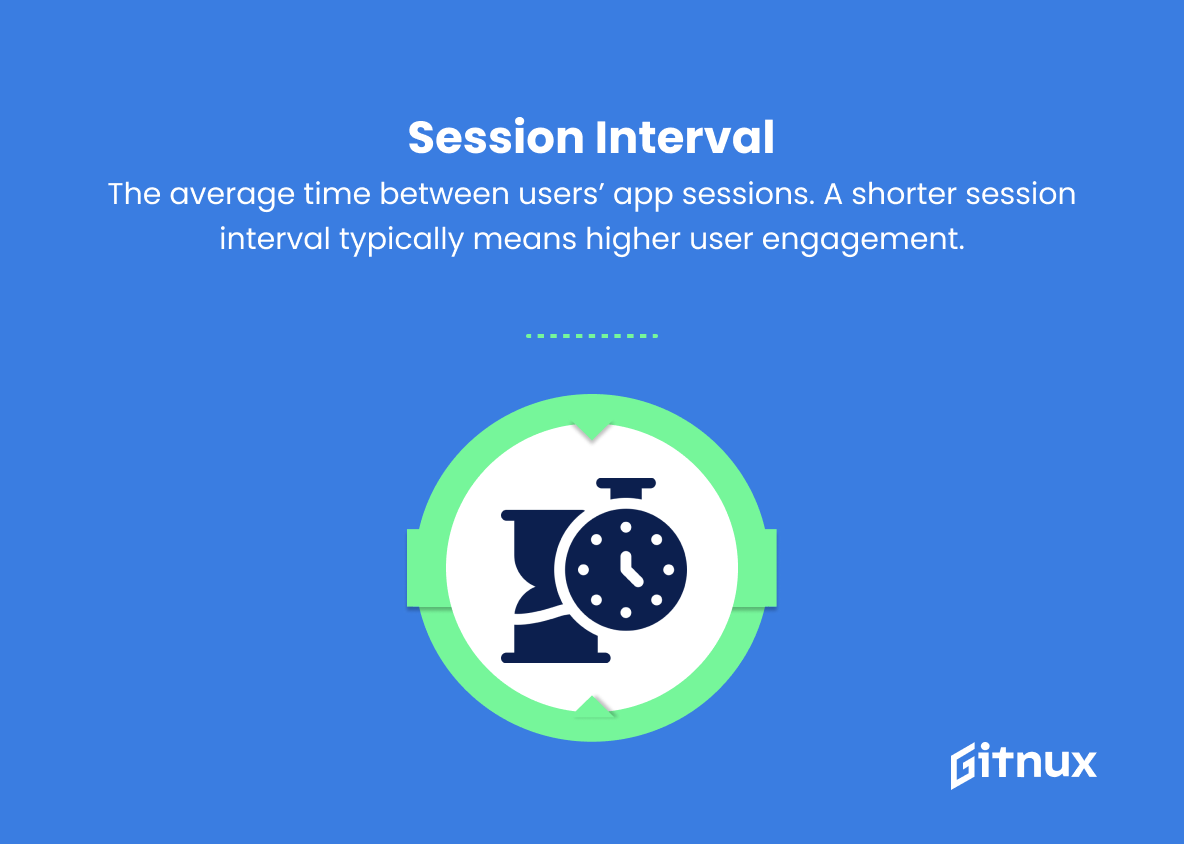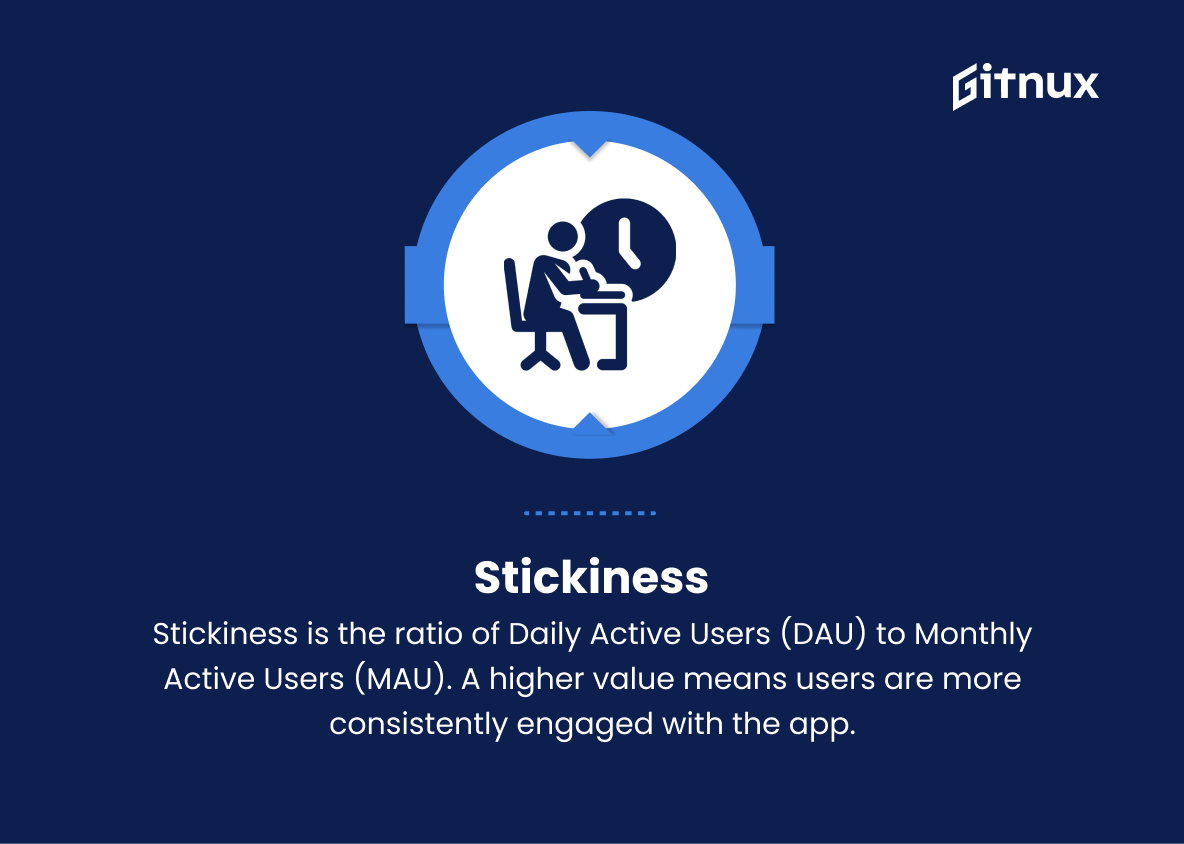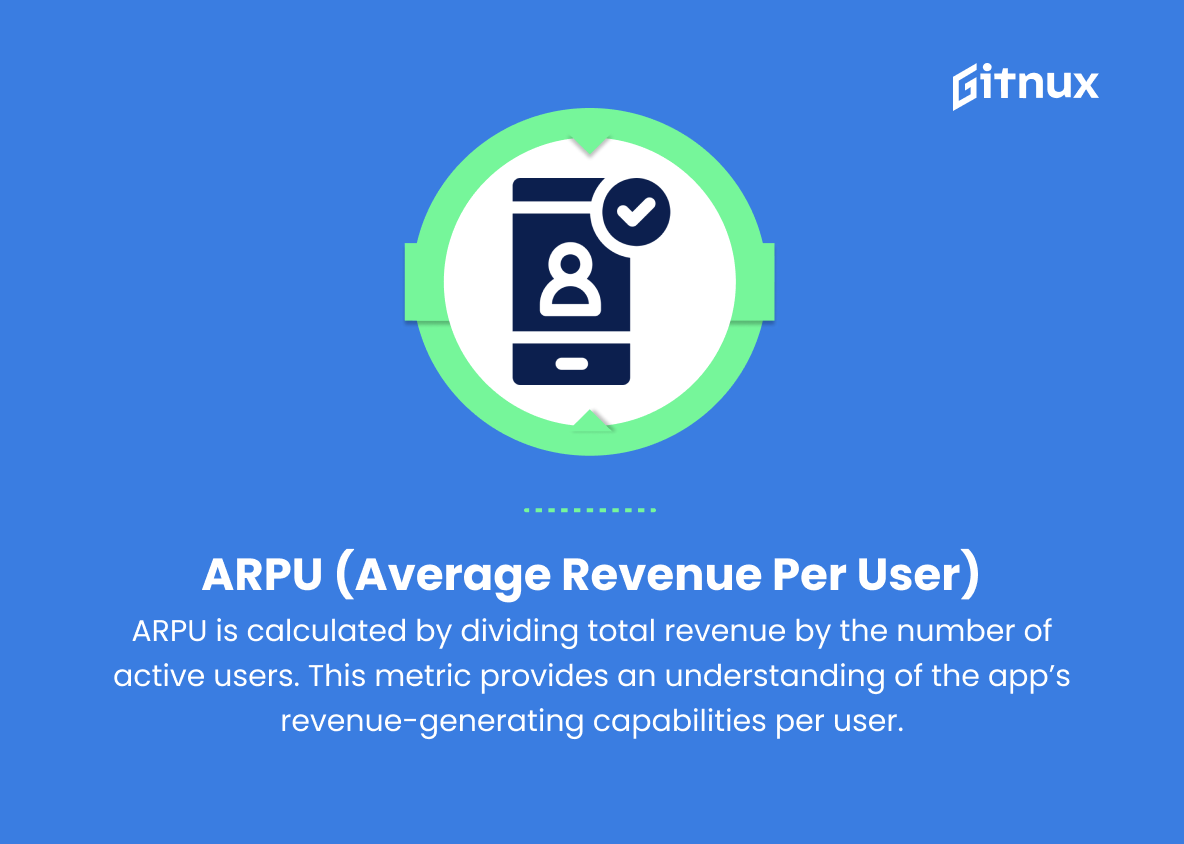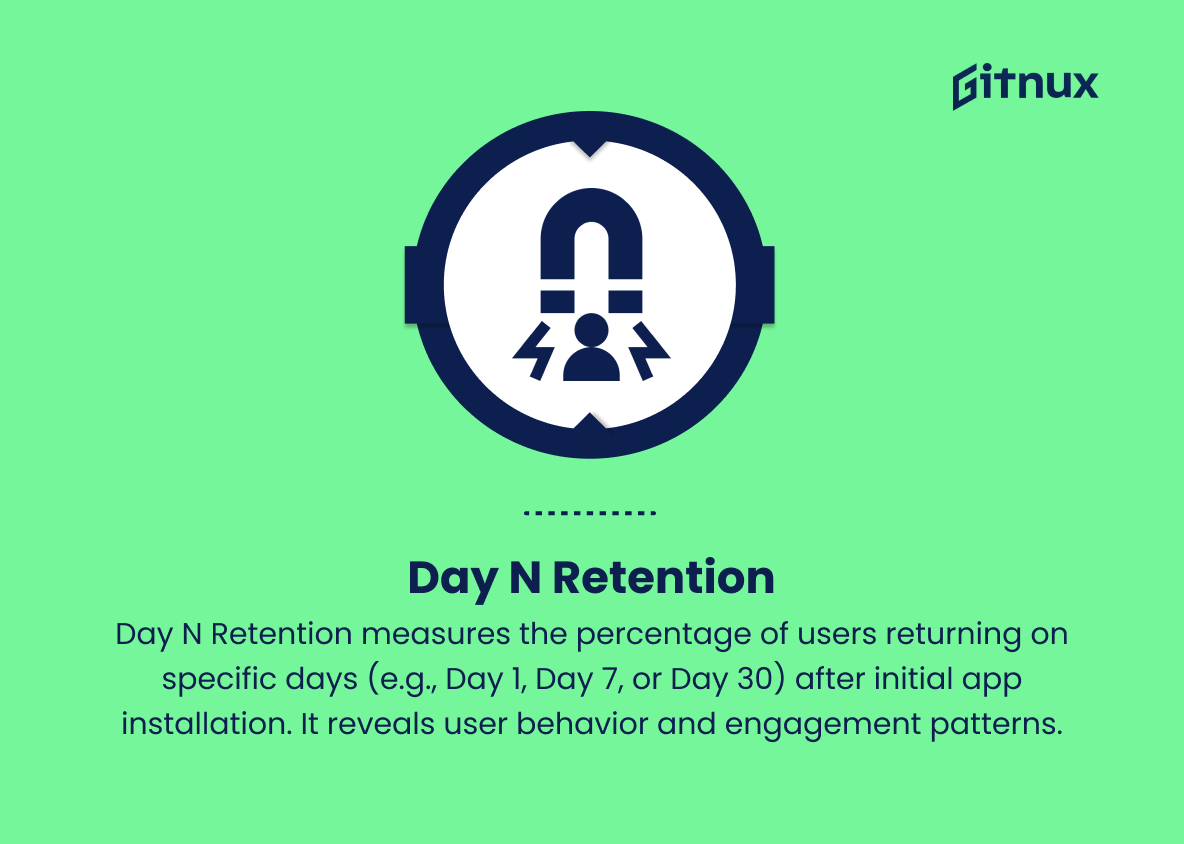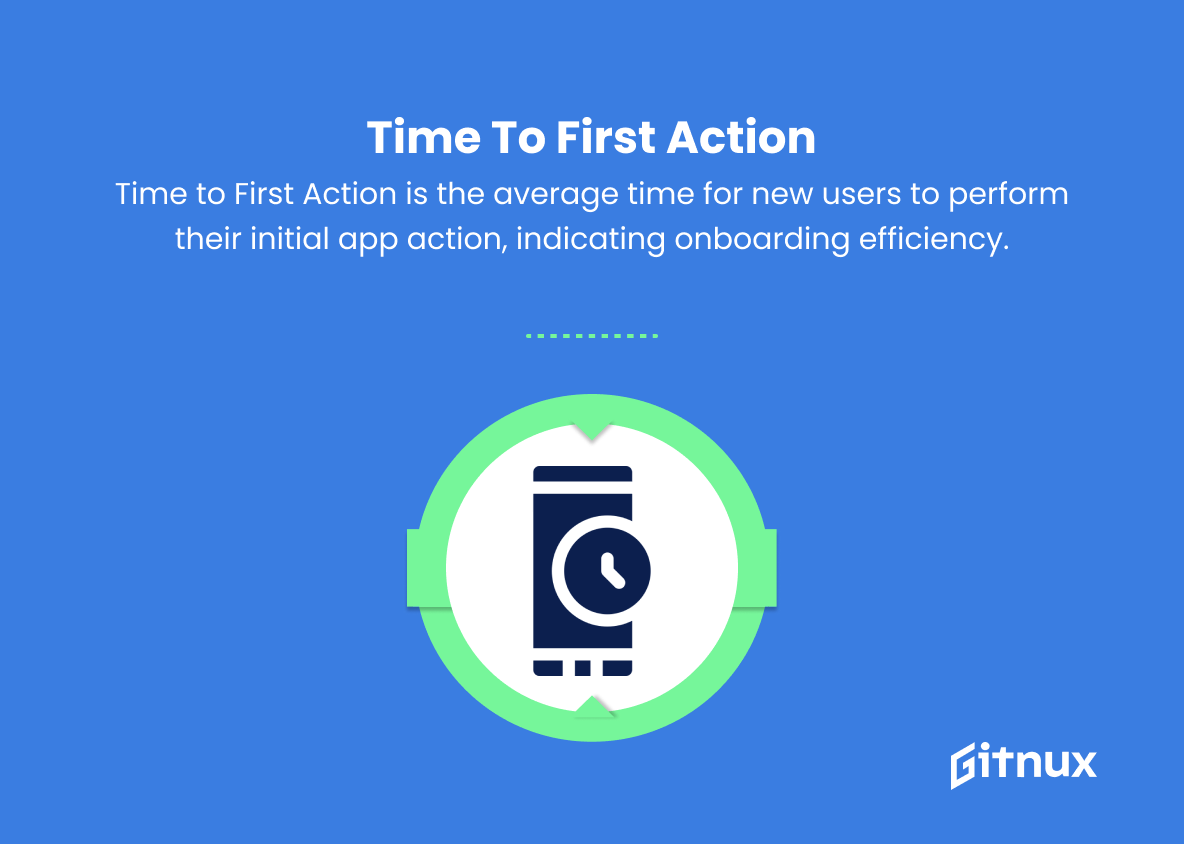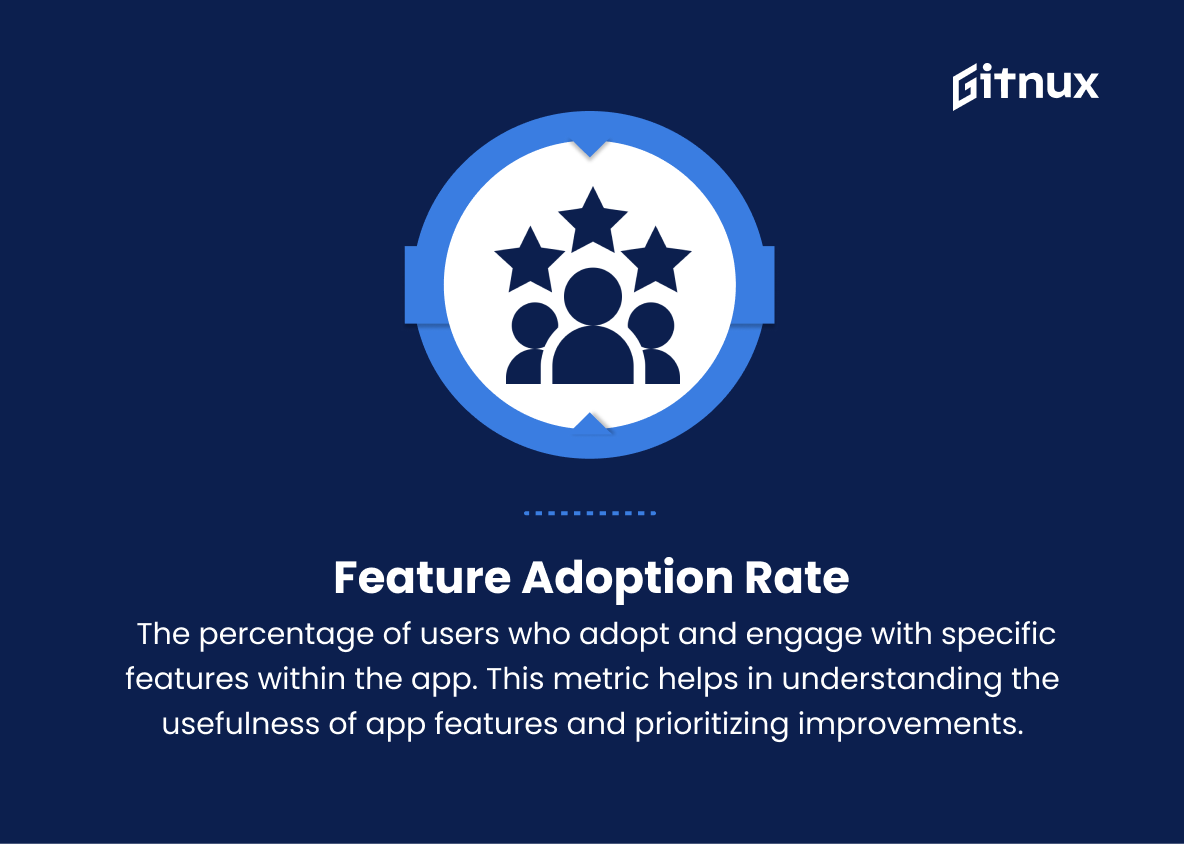Mobile applications have become an integral part of our daily lives, changing the way we interact with businesses, access information, and manage our day-to-day tasks. With the rapid increase in the number of available apps, competition is fierce, and retaining users is becoming an increasingly critical challenge. To survive and succeed in this highly saturated market, app developers and marketers must keep a close eye on the key performance indicators (KPIs) for mobile app retention metrics.
In this blog post, we will delve into the significance of mobile app retention metrics, exploring the vital role they play in driving sustainable growth, improving user experience, and ensuring the long-term success of your app on the app store.
Mobile App Retention Metrics You Should Know
1. Daily Active Users (DAU)
DAU measures the number of unique users who interact with the app within a single day. This metric helps understand app engagement and user frequency on a daily basis.
2. Monthly Active Users (MAU)
Similar to DAU, MAU focuses on the unique number of users who interact with the app within a month. It helps evaluate the app’s growth potential and long-term engagement.
3. Retention Rate
This metric calculates the percentage of users who return to the app after their first visit. It’s generally measured over a specific time period (e.g., 1, 7, or 30 days). High retention rates indicate a more engaging app.
4. Churn Rate
The churn rate is the opposite of the retention rate. It measures the percentage of users who stop using the app within a specific time frame. A lower churn rate indicates better user retention.
5. Session Length
The average time users spend within the app per session. Longer session lengths often indicate higher user engagement.
6. Session Interval
The average time between users’ app sessions. A shorter session interval typically means higher user engagement.
7. Stickiness
Stickiness measures the ratio of DAU to MAU, essentially how often users are engaged with the app on a daily basis within a month. A higher stickiness value indicates users are more consistently active in the app.
8. LTV (Lifetime Value)
This metric estimates the net value of a user over the entire lifetime of their interaction with the app. LTV helps in predicting profitability and making data-driven marketing decisions based on user acquisition costs.
9. ARPU (Average Revenue Per User)
ARPU is calculated by dividing total revenue by the number of active users. This metric provides an understanding of the app’s revenue-generating capabilities per user.
10. User Acquisition Cost (UAC)
UAC refers to the average cost of acquiring one new user for the app. Comparing UAC to LTV helps in determining if the user acquisition strategy is profitable.
11. Day N Retention
This metric evaluates the percentage of users who return to the app on specific days (e.g., Day 1, Day 7, or Day 30) after initial install. Day N Retention can help identify patterns in user behavior and engagement.
12. Time to First Action
The average time it takes for a new user to perform their first action in the app (e.g., account creation, purchase, or content sharing). A shorter time generally indicates a more user-friendly onboarding process.
13. Feature Adoption Rate
The percentage of users who adopt and engage with specific features within the app. This metric helps in understanding the usefulness of app features and prioritizing improvements.
14. Virality Coefficient
A measure of the app’s organic growth, the virality coefficient evaluates how many new users are referred by each existing user. A higher coefficient indicates a more effective word-of-mouth or referral system.
Mobile App Retention Metrics Explained
Mobile App Retention Metrics are vital in evaluating an app’s performance, user engagement, and growth potential. Metrics such as Daily Active Users (DAU), Monthly Active Users (MAU), Retention Rate, and Churn Rate help in understanding the frequency and consistency of app usage. Session Length, Session Interval, and Stickiness reflect user engagement levels, while LTV, ARPU, and UAC provide insight into the app’s profitability and ability to acquire new users. Day N Retention and Time to First Action assist in identifying patterns of user behavior and onboarding efficiency. Lastly, Feature Adoption Rate and Virality Coefficient shed light on the effectiveness of app features and organic growth through referrals. Overall, these metrics enable data-driven decision-making for improving user retention and maximizing app success.
Conclusion
In summary, mobile app retention metrics are crucial for monitoring the success and growth of your app in today’s highly competitive market. It is essential to keep a close eye on these key performance indicators, such as user retention, churn rate, session length, and lifetime value, as they provide valuable insights into user behavior and engagement.
By analyzing and optimizing these app retention metrics, businesses can make informed decisions and improvements, ultimately fostering long-term success and customer loyalty. Remember, understanding and nurturing your user base is the foundation of a thriving mobile app.
